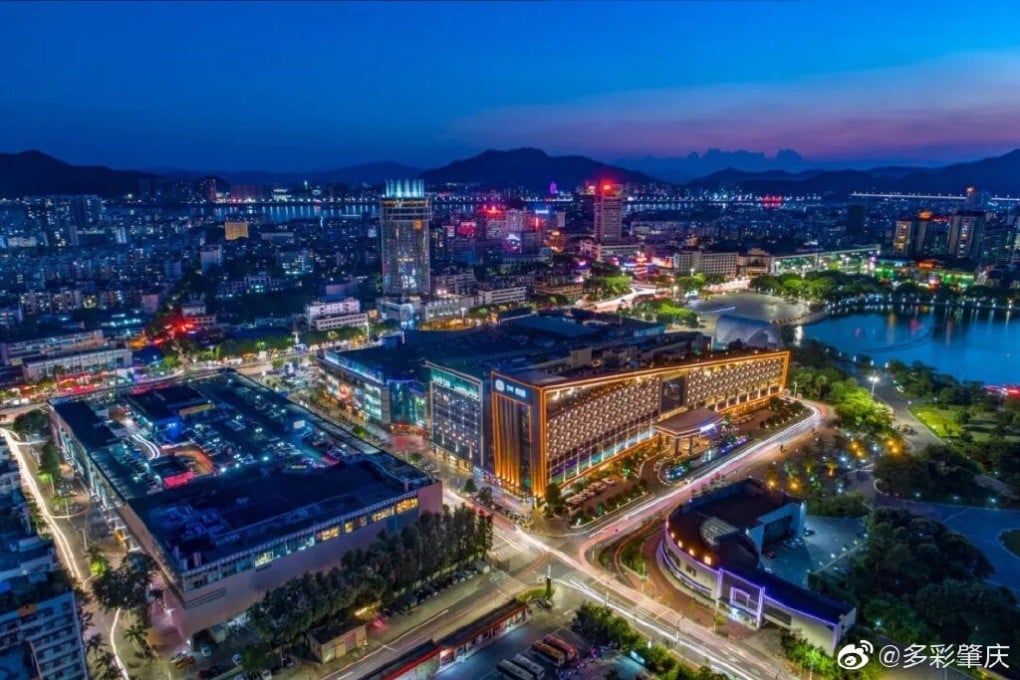Advertisement
The bay area city of Zhaoqing was once home to the Italian Jesuit priest Matteo Ricci, who drew the first modern Chinese map of the world
- The city traces its history back to at least the 7th century, when it was an important military centre known as Gaoyao under the Southern Sui dynasty
- Ricci worked in Zhaoqing for six years, during which he and a fellow Jesuit compiled the very first dictionary between Chinese and a Western language, in this case Portuguese
Reading Time:3 minutes
Why you can trust SCMP

Zhaoqing, the largest geographical area and one of the least developed cities in the Greater Bay Area (GBA), has a historical significance that belies its sleepy pace.
The city, with a population of 4.2 million people including 1.7 million in the city centre, according to 2019 government data, traces its history back to at least the 7th century, during which time it was an important administrative and military centre known as Gaoyao under the Southern Sui dynasty.
The city’s modern name Zhaoqing, which means “the beginning of auspiciousness” in Chinese, was bestowed upon the city by the Song dynasty’s Emperor Huizong in 1118. Huizong, the eighth Song emperor, was known in history as an incompetent ruler but an accomplished artist and calligrapher. A plaque written in his unique calligraphy style, known as the Slender Gold, hangs at the city’s Liqiaolou tower, a former imperial academy.
Advertisement
Zhaoqing was well known in the 16th century when the Portuguese were the world’s foremost navigators, seafarers and empire builders.

Advertisement
On the Christian Expedition Among the Sinae, published in 1615 from the Italian manuscript of the Jesuit Matteo Ricci, describes tips about Zhaoqing written by travellers based in the former Portuguese colony of Macau.
Advertisement
Select Voice
Choose your listening speed
Get through articles 2x faster
1.25x
250 WPM
Slow
Average
Fast
1.25x